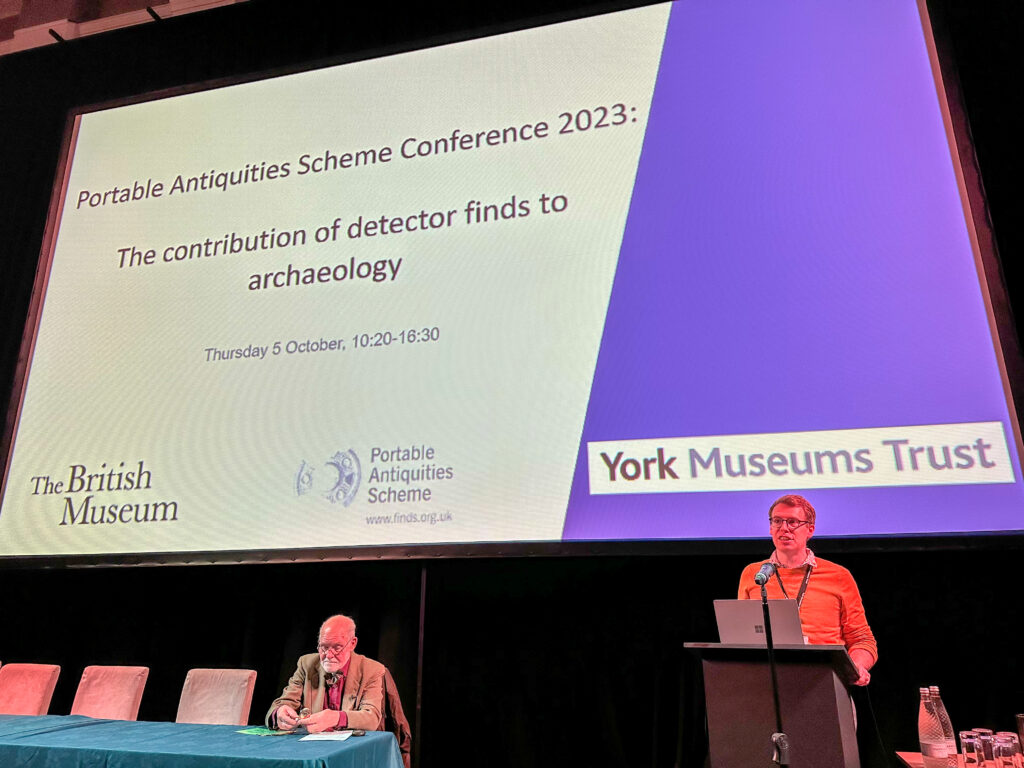
“The contribution of detector finds to archaeology”.
This year’s PAS conference was held at the Yorkshire Museum in York, with the overall theme based around the contribution that detecting finds have made to archaeology and the archaeological record. There are currently around 1.66 million finds recorded on the PAS database, of which some 97% have come from detectorists. The database has become not just a record of our heritage, but an extremely important academic resource that provides a huge amount of data for research purposes.
The NCMD was invited to send a delegation to represent our 35,000 members, so Alan, David, Dave and Ralph attended on behalf of the NCMD committee and Stuart Wilkinson attended on behalf of the NCMD trustees. The day consisted of eight presentations from invited Archaeologists on a variety of subjects, mostly pertaining to detecting finds and how they benefit academic research.
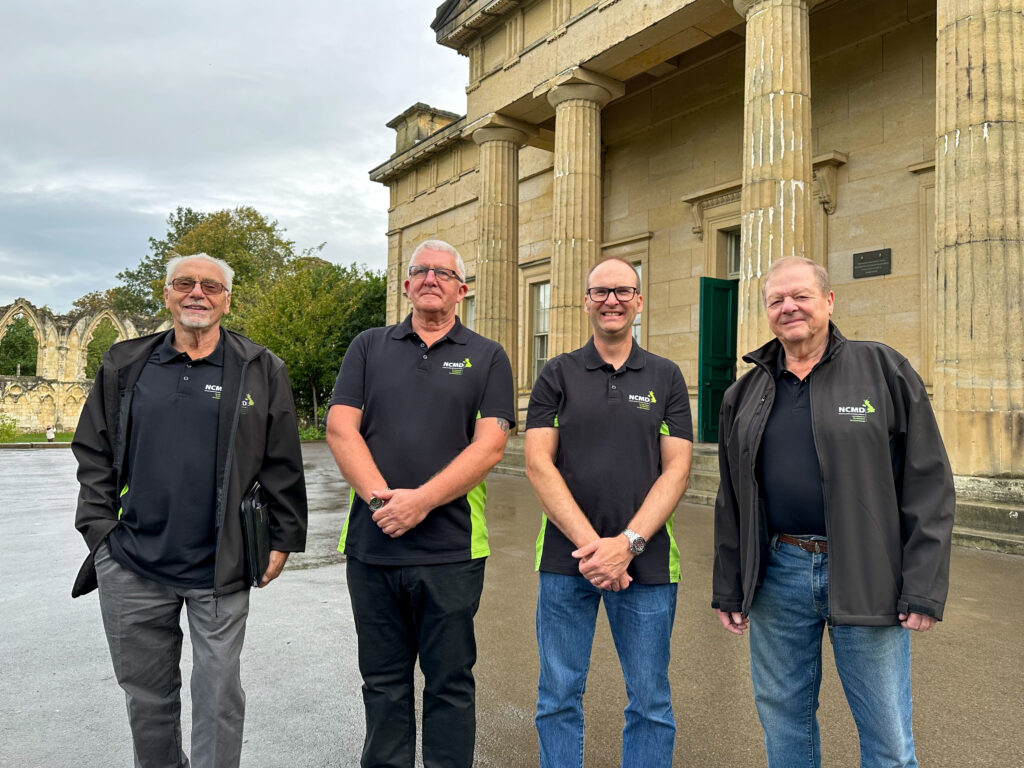
Overall, the positive contribution of detectorists to the field of archaeology and academic research was acknowledged, with only a couple of exceptions. It has long been felt within the detecting community that we don’t get the credit or recognition we deserve, and that is largely true, so the theme of the day was very encouraging and overall, it was a most interesting day.
There were two very notable quotes on the day, one from Kevin Leahy who said “our history is in the topsoil and we have a duty to record it”. The other was from Andrew Agate, an FLO who said that “the circle needed closing, meaning that its long overdue that detectorists get the credit and recognition they deserve”. That has to come from the top, and is something that we are pushing for and will keep pushing for until it becomes the norm rather than the exception.
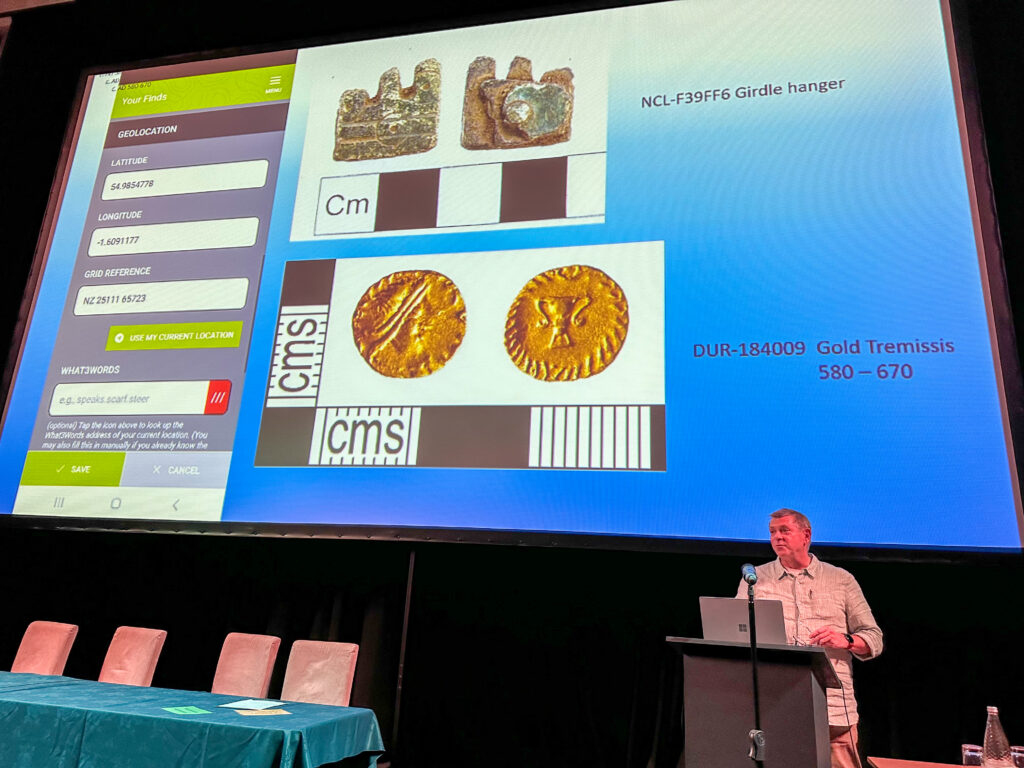
Treasure Act Revision
Whilst we were at the PAS Conference, we managed to have a look around the Museum and we were all extremely impressed with the layout and items on display. Our compliments to the curators and staff, especially for their acknowledgment of metal detecting and for giving credit to the metal detectorists who have finds displayed in the museum.
Most museums, including the British Museum give no credit or acknowledgement of our contribution to their displays. Just inside the main entrance of the Yorkshire Museum is a large display of items found by local detectorists, there was also a great display inside of the Ryedale Roman hoard.
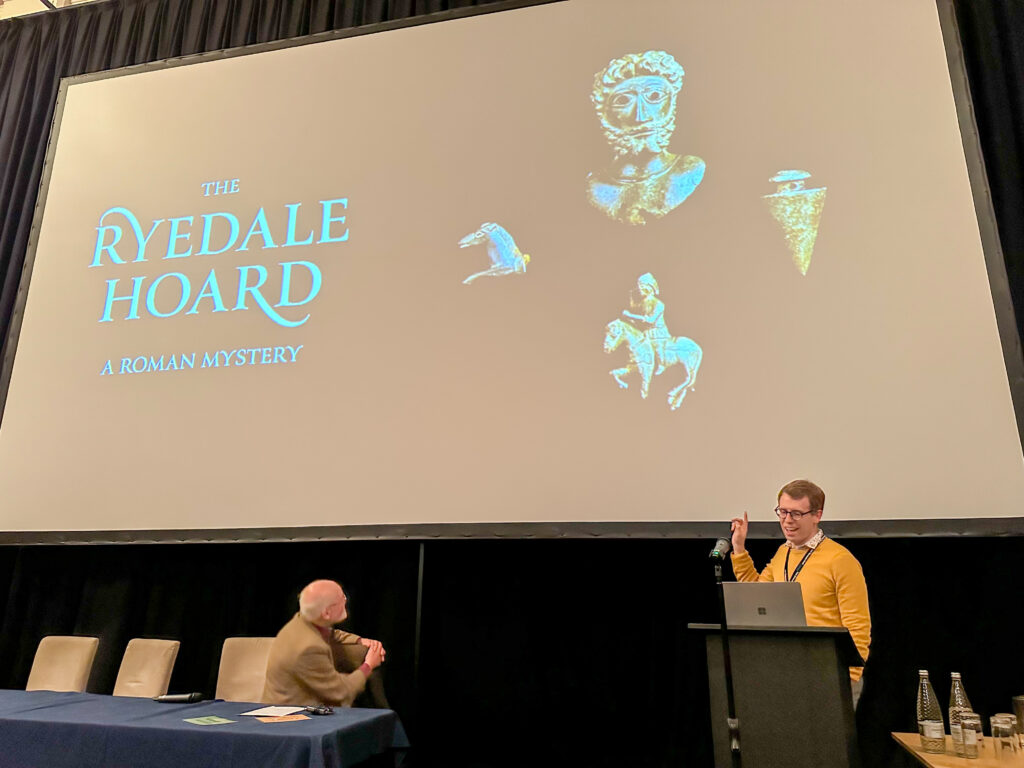
The Ryedale Hoard of Four Roman copper alloy objects of fantastic significance were found by metal Detectorists in 2020. Under the Treasure Act at that time, they were not classified as Treasure and were sold at auction for £185,000. They were later acquired by the museum and are now on prominent display. There are four completely different items in the hoard, which consisted of a Roman bust believed to be of the emperor Marcus Aurelius, a plum bob, a rider and horse and the front half of a horse.
They were all found in Yorkshire by two detectorists, James Spark and Mark Didlick back in 2020. The horse is a knife or key handle with the rider being attributed to the God Mars. The plumb bob was probably used for laying out straight roads and in the construction of buildings such as temples.
In order to protect such finds in future, the new “Significance” clause was added to the Treasure Act and became law at the end of July 2023. The process for deciding on whether an item is deemed significant is very robust and we have included the official flowchart for your reference.
As of the beginning of November, a small number of items had been put forward as potentially meeting the criterion, however only 2 were put forward for further discussion, one was found in England and the other in Wales. The PAS have always stated that the bar was set very high and that seems to be the case.
We will keep members informed of those finds that do get classified as significant, along with the reasoning behind it.
We hope to be able to share some of the presentations with you in due course, so that you can see for yourselves how the data we help to provide is used by the archaeologists. A number of them have also offered to be involved in a podcast for members, so we will keep you informed of the potential dates.
We are now working on a digital finds recording system to support the PAS by making it easier for our members to engage in recording their finds.
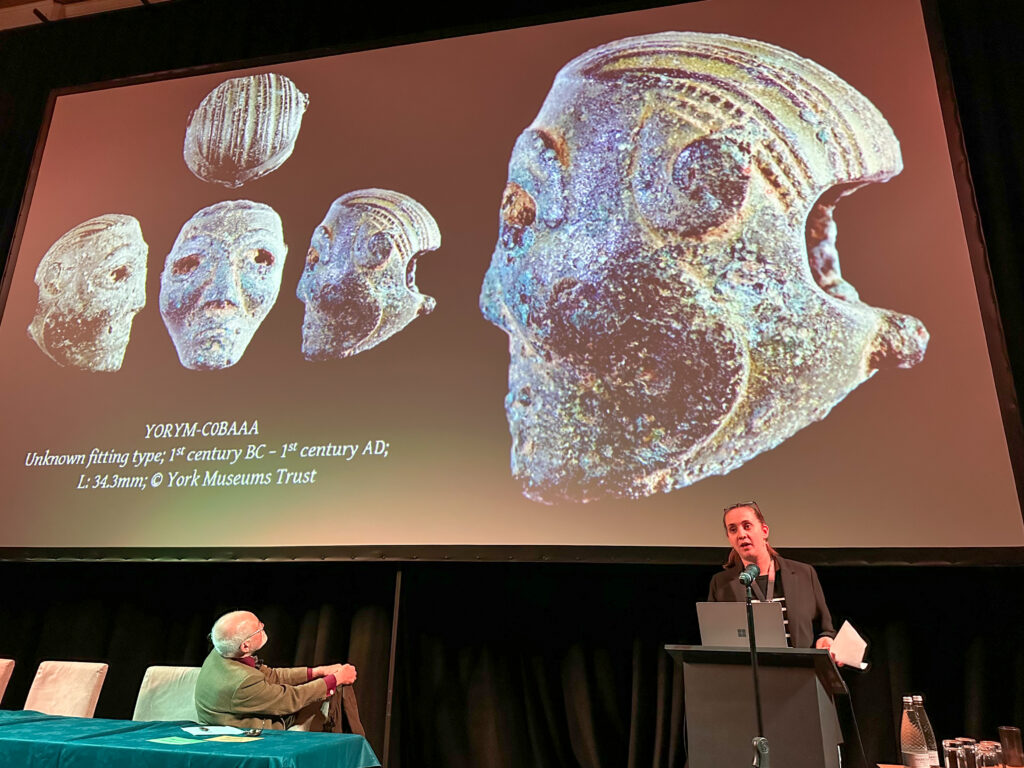
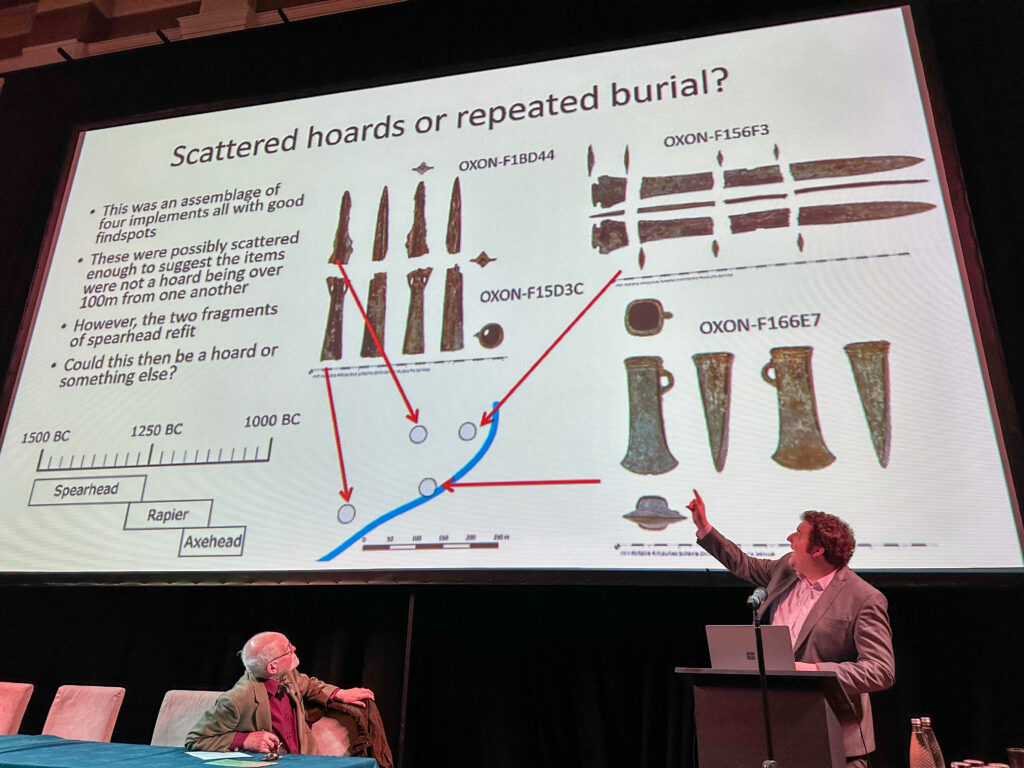
We have always been strong supporters of recording our heritage and having seen how the database can be used to help with our knowledge of the past we are even more committed, but we realise that a better recording process is very key to that. We’ll keep you posted on our progress.


